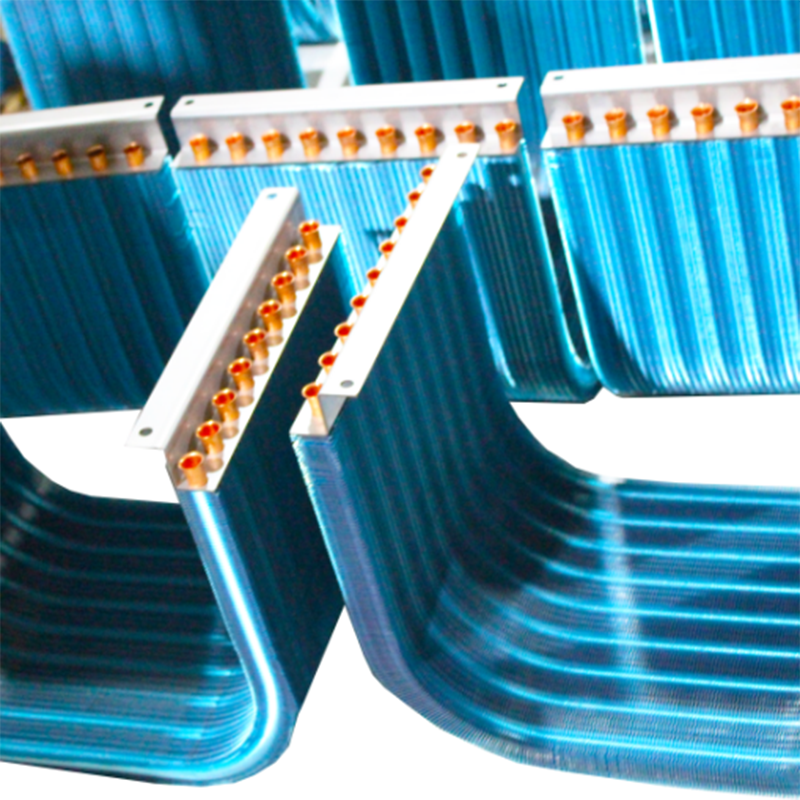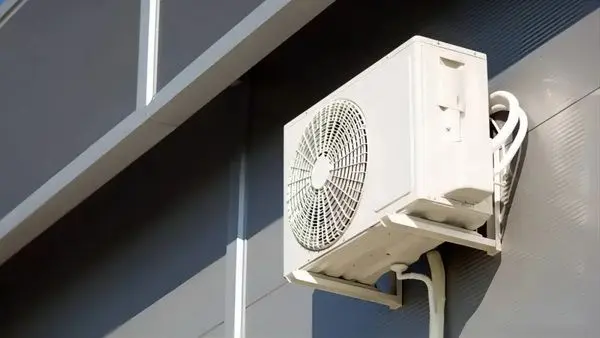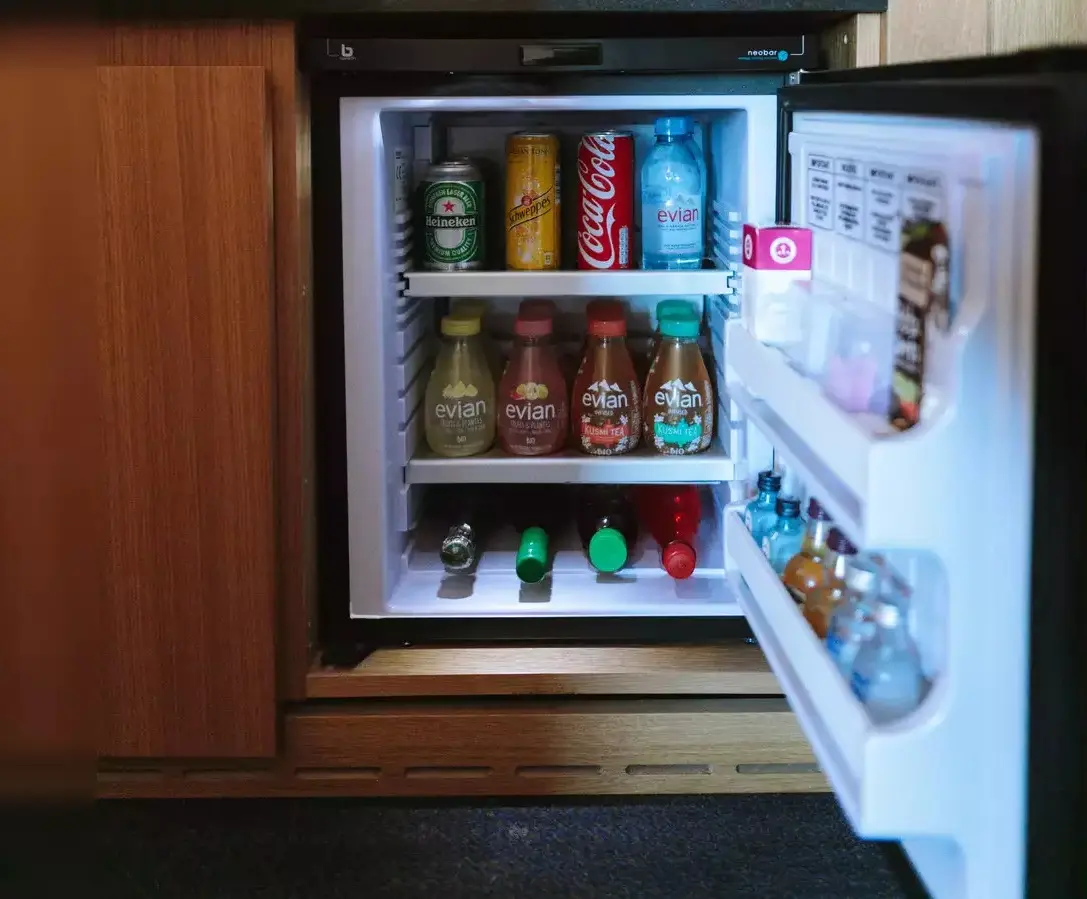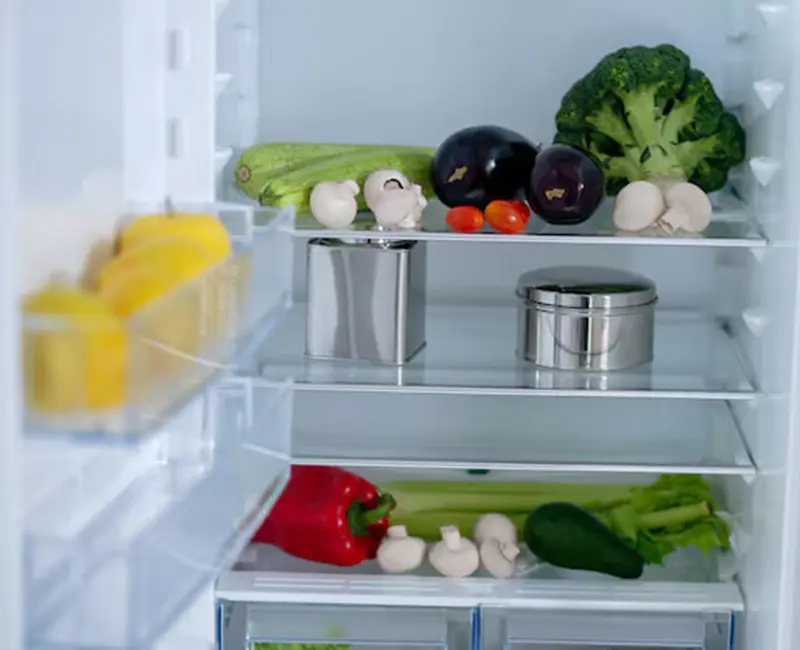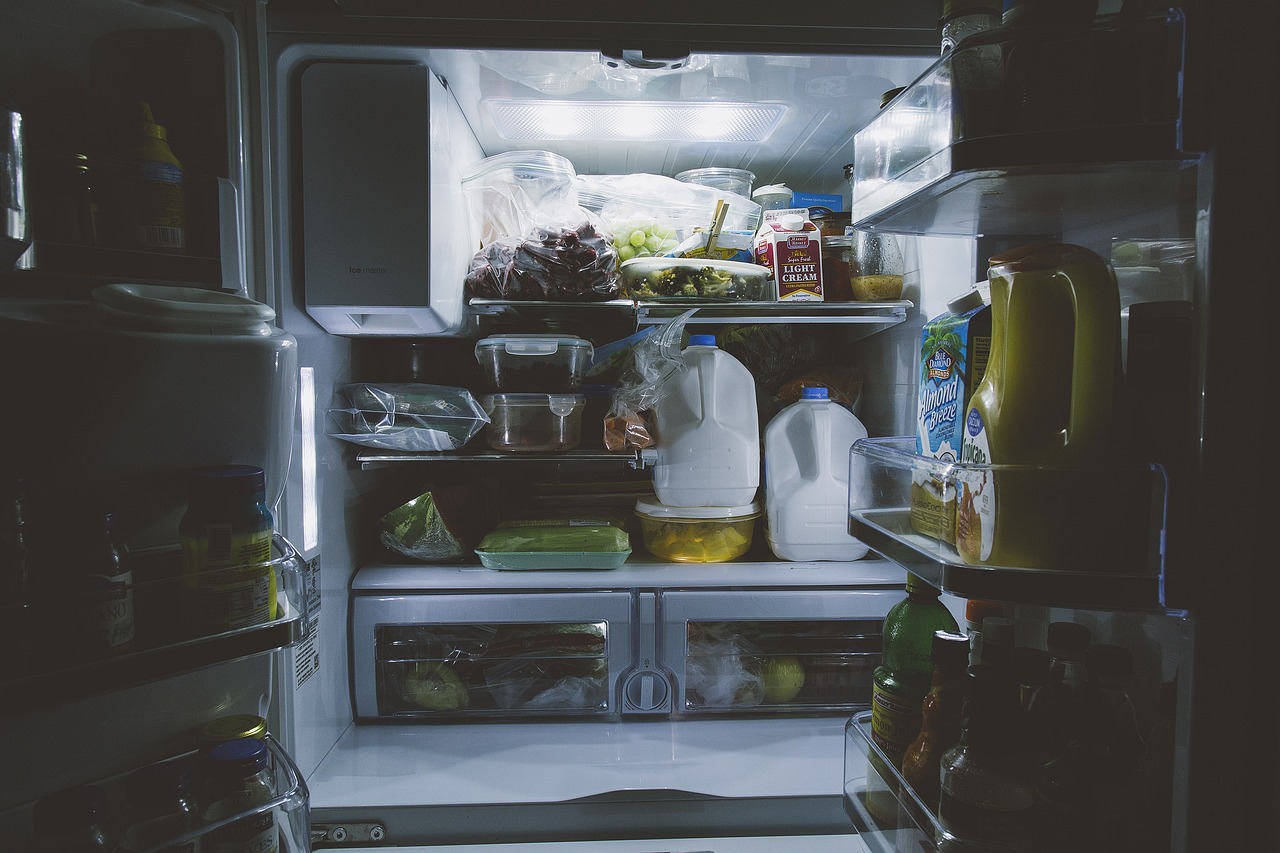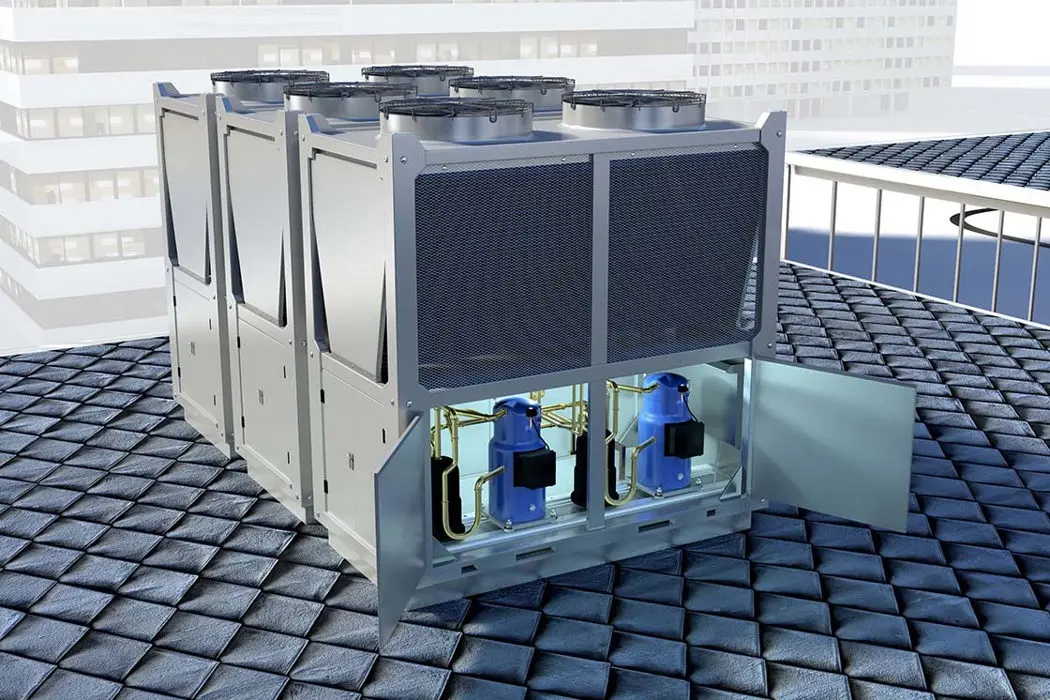How to Clean a Condenser Coil on a Refrigerator
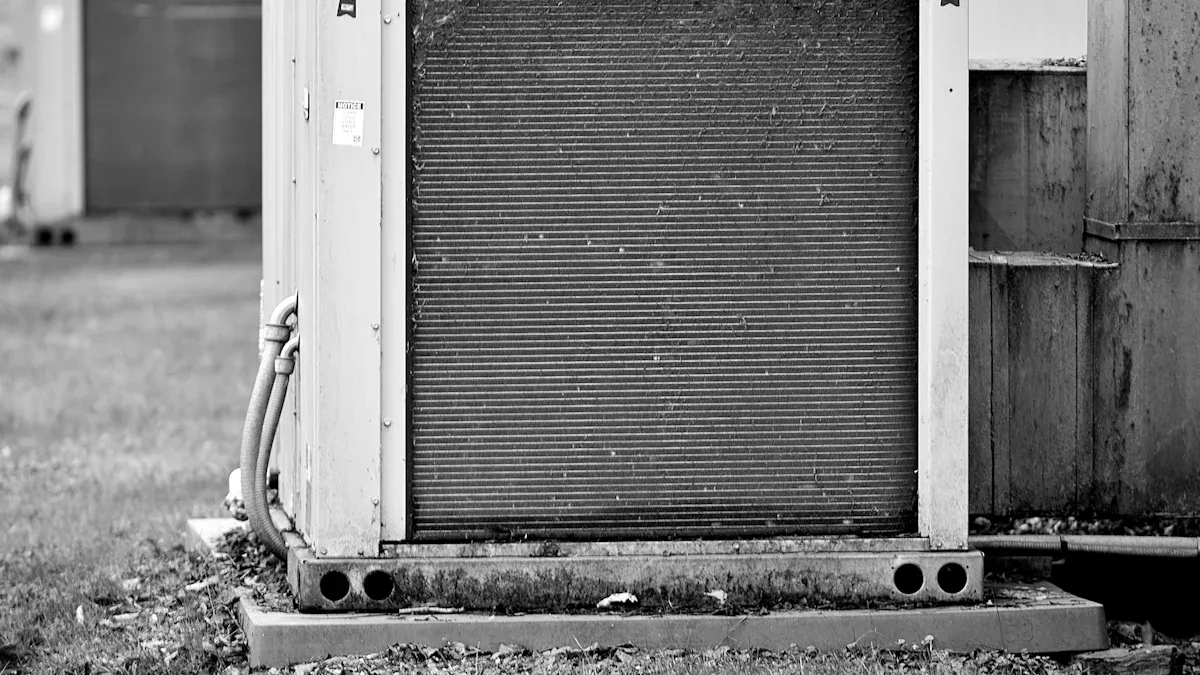
When I clean my refrigerator’s Condenser Coils, I notice a real difference. Removing dust and debris helps my fridge run smoothly and prevents breakdowns. Regular cleaning can boost efficiency by up to 30%. I always pay special attention to thewire tube condenser, especially with trusted brands like senjun.
Key Takeaways
- Unplug your refrigerator and gather the right tools before cleaning to stay safe and protect your appliance.
- Clean the condenser coils every six months using a coil brush and vacuum to remove dust and improve energy efficiency.
- Regular coil cleaning helps your refrigerator run smoothly, saves energy, and extends its lifespan by preventing breakdowns.
Step-by-Step Guide: Cleaning Your Refrigerator’s Condenser Coils
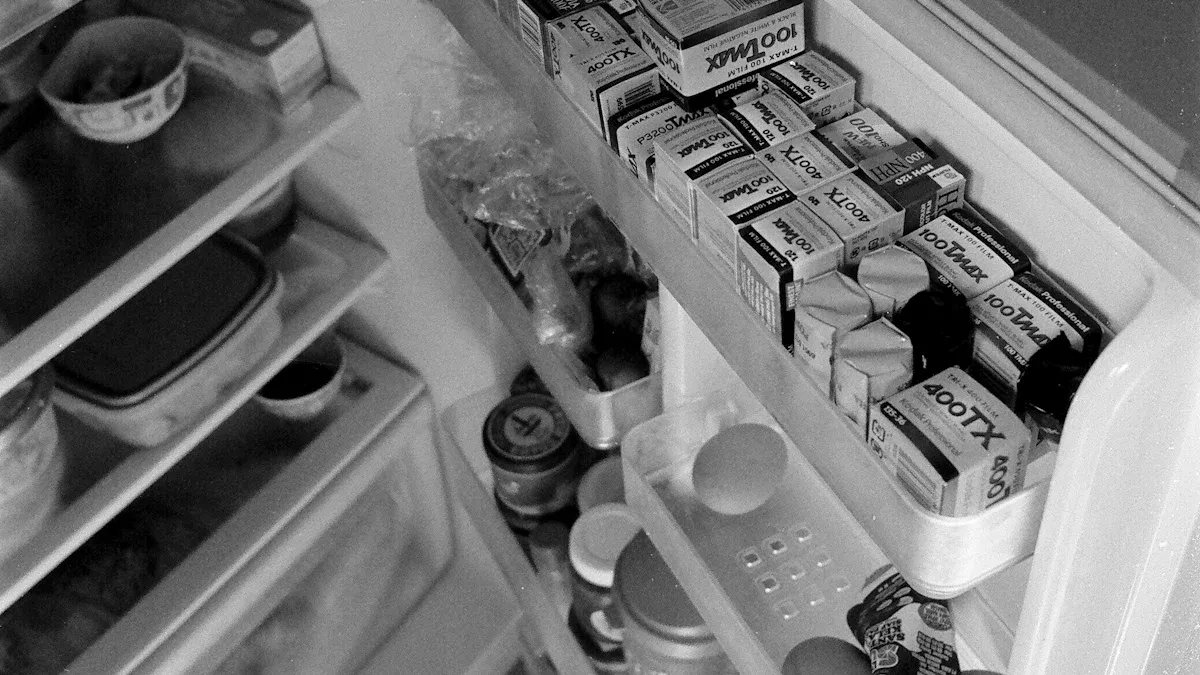
Safety First: Unplug the Refrigerator
I always start by unplugging my refrigerator. This step protects me from electrical shock and keeps the appliance safe during cleaning. I pull the fridge away from the wall with care, making sure not to strain my back or scratch the floor. If my refrigerator connects to a water supply, I turn off the main water valve as well.
Tip: I set a timer for 15 minutes to remind myself not to leave food out too long.
Locate the Condenser Coils
Next, I find the condenser coils. On most models, I see them either behind a grill at the bottom front or on the back of the refrigerator. Some newer Refrigerators hide the coils behind a rear access panel. I check my owner’s manual if I am unsure about the location.
Tools You’ll Need
I gather my cleaning tools before I begin. Here is what I use:
- A vacuum cleaner with a wand or brush attachment
- A long, thin coil cleaning brush (these are designed for refrigerator coils)
- A soft cloth or microfiber towel
- A screwdriver (if I need to remove a panel or grill)
- Gloves (optional, for extra protection)
The coil brush and vacuum combination works best. The brush loosens stubborn dust, while the vacuum removes debris without damaging the coils. Industry guides and appliance experts recommend these tools because they clean thoroughly and safely, unlike garden hoses or harsh chemicals that can harm delicate parts.
Remove the Grill or Access Panel
If my refrigerator has a grill or access panel, I remove it carefully. I use a screwdriver to take out any screws holding the panel in place. I keep the screws in a small bowl so I do not lose them. Sometimes, I need to open the refrigerator doors or move a water filter door to get full access.
Note: I always check for sharp edges when handling panels and grills.
Cleaning the Coils: Brush, Vacuum, and Wipe
Now I clean the coils. I start by vacuuming loose dust and dirt from under and around the coils. Then, I use the coil brush to gently sweep away dust from the coils themselves. I work slowly, brushing in the direction of the coils to avoid bending them. As I brush, I vacuum up the loosened debris. If I see any stubborn spots, I use a soft cloth to wipe them clean.
Professional cleaning systems, like those used in commercial settings, combine brushes and HEPA vacuums for deep cleaning. I follow this approach at home because it removes dust efficiently and keeps my refrigerator running at peak performance. The Los Angeles Times recommends vacuuming the coils every three months, especially if I have pets that shed.
Reassemble and Plug In
Once the coils look clean, I replace the grill or access panel. I make sure all screws are tight and the panel fits securely. I slide the refrigerator back into place, plug it in, and turn the water supply back on if needed. I listen for the gentle hum of the compressor, knowing my refrigerator will now run more efficiently.
Tip: I mark my calendar to remind myself to clean the coils again in six to twelve months, depending on how dusty my home gets.
Wire Tube Condenser Maintenance and senjun’s Expertise

What Is a Wire Tube Condenser?
When I look at the back of my refrigerator, I often see a network of thin tubes arranged in a grid. This is the wire tube condenser. It plays a crucial role in cooling by releasing heat from the refrigerant as it cycles through the appliance. The design allows for efficient Heat Transfer and easy cleaning. I find that the wire tube condenser is common in many household refrigerators because it offers reliable performance and simple maintenance.
How Often to Clean and Signs It’s Needed
I follow the American Cleaning Institute’s advice and clean my wire tube condenser twice a year. This schedule keeps my refrigerator running efficiently and helps prevent dust buildup. If I notice my fridge working harder, making unusual noises, or if the coils look dusty, I clean them sooner. Here’s my routine:
- Clean the wire tube condenser every six months.
- Clean more often if I see heavy dust or pet hair.
- Use a coil brush and vacuum for best results.
- Rinse with water if needed, making sure everything dries completely.
Regular cleaning prevents performance drops and extends the life of my refrigerator.
About senjun: Leading Wire Tube Condenser Manufacturer
I trust senjun for high-quality wire tube condenser solutions. Ningbo Senjun New Materials Co., Ltd. specializes in the research, development, and production of wire tube condensers and copper aluminum fin heat exchangers. Their products serve refrigerators, freezers, display cabinets, wine cabinets, and even medical ultra-low temperature refrigerators. Senjun’s expertise includes advanced maintenance techniques like eddy current testing and leak detection with tracer gases. They recommend keeping tube plugs on hand and using protective coatings to extend condenser life. I rely on senjun’s technical knowledge and innovation for reliable, long-lasting performance.
Why Cleaning Condenser Coils Matters
Energy Efficiency and Performance
When I clean my refrigerator’s condenser coils, I see a clear improvement in energy efficiency. Even a thin layer of dust—just 0.042 inches—can cause a 21% drop in efficiency and increase energy use by 35%, according to an EPA study. The Department of Energy also notes that dirty coils can make the compressor use 30% more energy. I want my refrigerator to run smoothly, so I make coil cleaning a regular habit.
I track my refrigerator’s performance before and after cleaning. The numbers speak for themselves:
| Metric | Dirty Coil | Clean Coil | Change |
|---|---|---|---|
| Real Power (24h) | 1.605 kWh | 1.597 kWh | 0.5% less |
| Reactive Power (24h) | 0.343 kVARh | 0.287 kVARh | 17.8% less |
| Compressor Run-Time per Cycle | 13 min 35 sec | 12 min 57 sec | 39 sec less |
| Power Draw per Run-Time | 148 watts | 142 watts | 6 watts less |
Tip: I notice my fridge cycles more efficiently and uses less power after each cleaning.
Preventing Breakdowns and Extending Lifespan
Routine cleaning does more than save energy. It helps my refrigerator last longer. Dust and debris block airflow, forcing the compressor to work harder. This extra strain can lead to overheating and early failure of key parts. I clean my coils at least twice a year to reduce wear and keep my fridge running smoothly.
Monthly cleaning removes dust that impairs heat release. This simple step prevents extra wear and higher energy bills. By keeping the coils clean, I protect the compressor and electrical components. My refrigerator operates with less stress, which extends its lifespan and reduces the risk of costly repairs.
I make regular cleaning of my refrigerator coils a priority. This simple habit lowers energy use, keeps my appliance running smoothly, and helps prevent breakdowns. I always check my Wire Tube Condenser twice a year. For reliable performance, I trust senjun’s expertise and follow all safety steps.
FAQ
How often should I clean my refrigerator’s condenser coils?
I clean my condenser coils every six months. If I have pets or notice heavy dust, I clean them more often for best performance.
Tip: Mark your calendar for regular reminders.
Can I use water to clean the coils?
I use a dry brush and vacuum for most cleaning. If I need to use water, I make sure the coils dry completely before plugging the refrigerator back in.
Why do I trust senjun wire tube condensers?
I choose senjun because their wire tube condensers deliver reliable cooling and easy maintenance. Their expertise gives me confidence in my refrigerator’s long-term performance.











